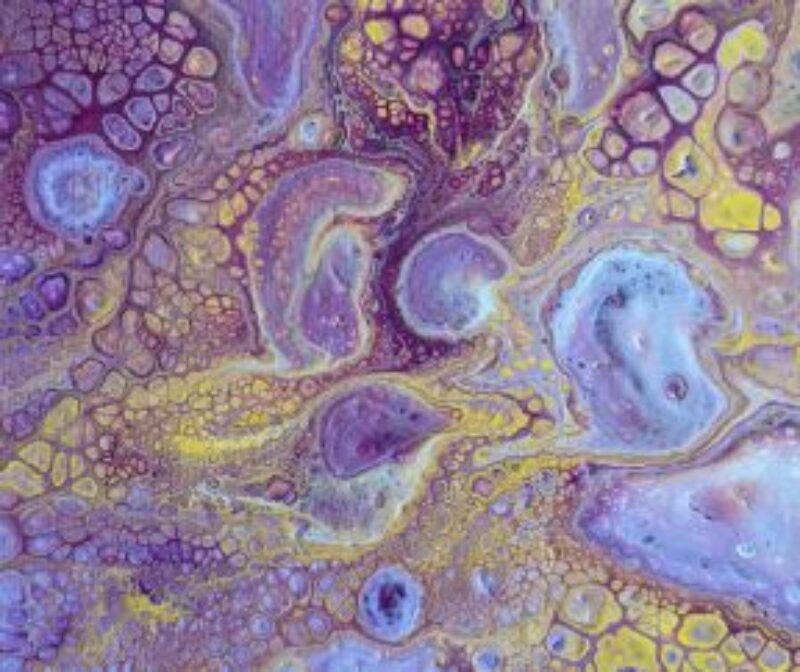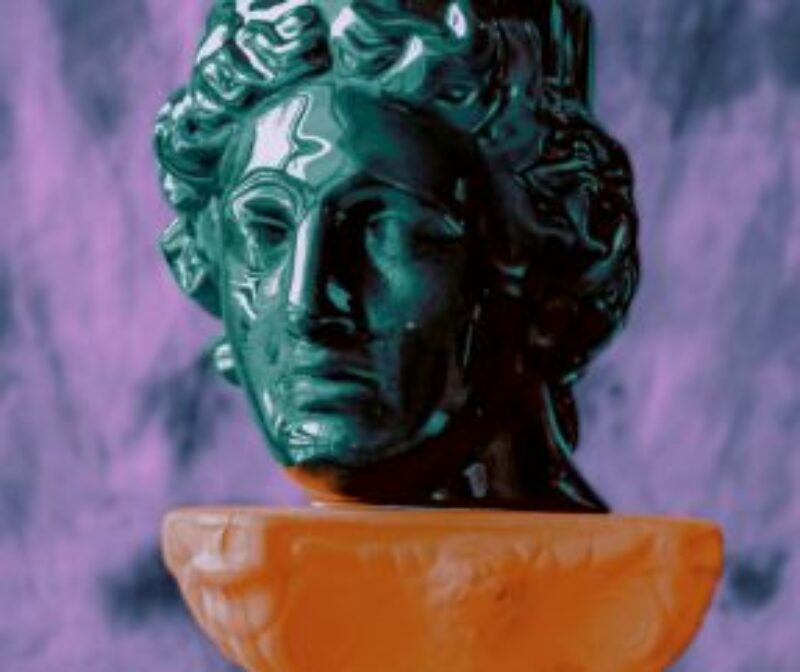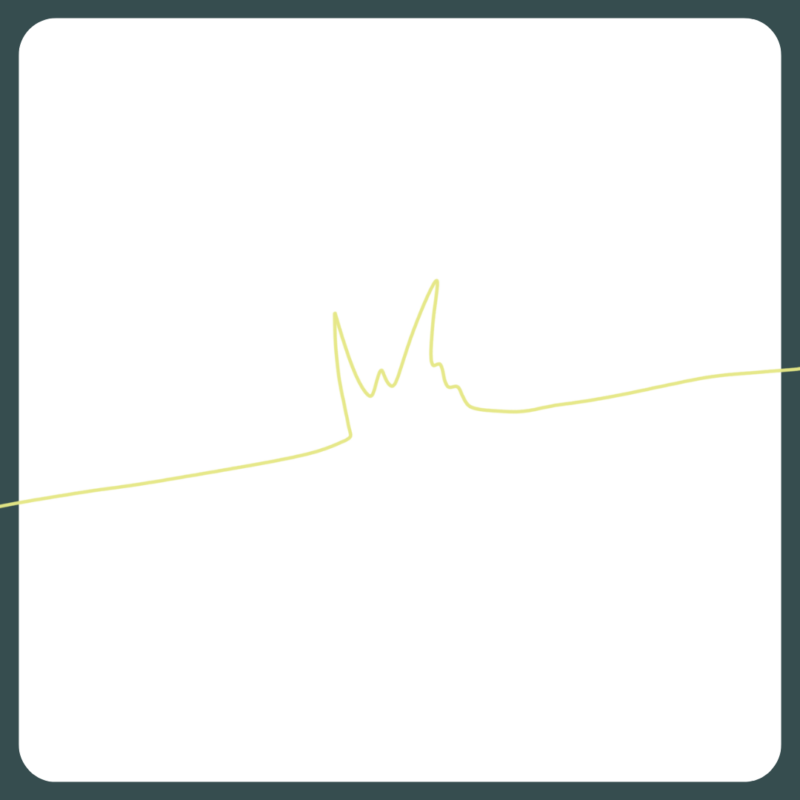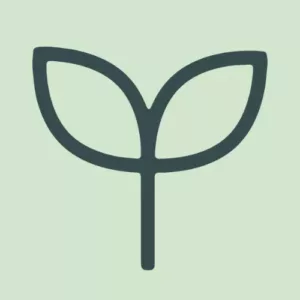Often when someone hurts us, the action has picked at an old wound. Many of our earliest wounds relate to our attachment figures. The first step to healing an attachment injury is to recognize and articulate it. We want to preface that sometimes thinking about old wounds can be really overwhelming.* If you are ready to practice forgiveness, you might want a pen and paper to write down your thoughts.
- Think of an incident in the past when you were hurt by someone important to you. The past hurt or trauma could be something small or something significant. Consider what it was. Was it a conversation, an action, a comment?
- What did this instance lead you to conclude about the other person? What did you conclude about the intent of the other person?
- Next, ask what you were longing for when you were wounded. What did you do to protect yourself in the moment?
- Now ask, “Did I feel abandoned or left behind? Did I feel that someone was putting me in danger or betraying my trust?”
- Were you able to identify a sensitivity from these questions that plagues your relationships or communication with loved ones? Did this activity help you access your feelings?
Note:
This practice is part of a more detailed post on forgiveness developed by Thrive writer, Shaya Aguilar
*If you think you need the help of a professional, and don’t have a therapist, click the link here to find the help you need.
Continue Exploring

Blog
Forgiveness: What it Means (and What it Doesn’t)
Understanding forgiveness is the first step to giving it. Try the practice here to begin the process.

Thriving
Getting Unstuck: Why You Need Help to Understand Your Story (Part 1)
How do the stories we tell ourselves about ourselves help us through life's transitions? Why do we need others to help us gain insight into who we are becoming?

Thriving
Getting Unstuck: Untangling the Tapestry Together (Part 2)
If our stories about ourselves are interwoven with shame, how can others provide insight to help us rewrite those stories?

